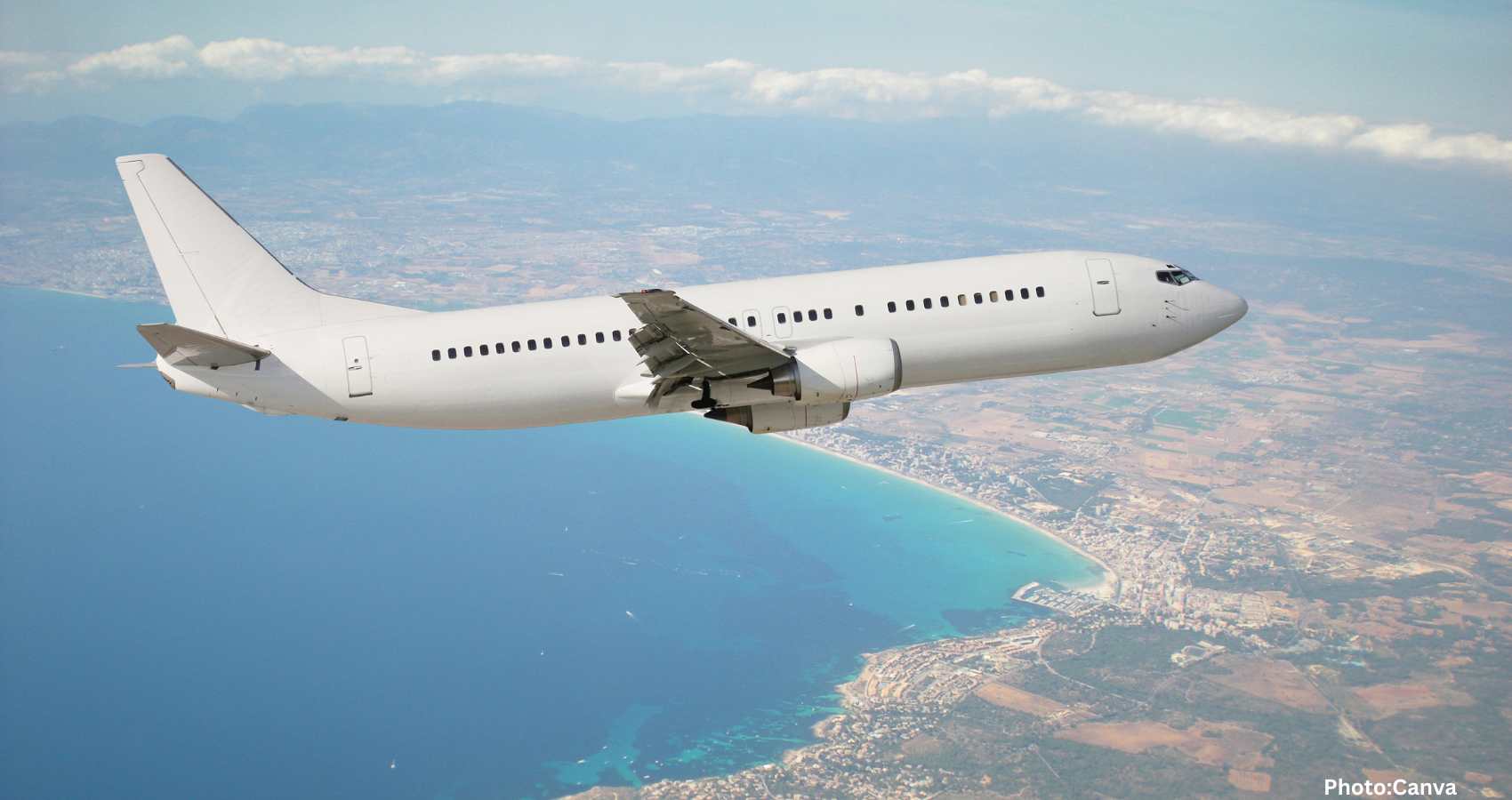As climate change intensifies, turbulence on some of the world’s busiest flight routes is set to worsen, posing increasing challenges for air travel safety.
When a Delta flight en route from Salt Lake City to Amsterdam encountered severe turbulence last week, passengers found themselves tossed violently about the cabin, with some fearing the plane would crash. This sudden atmospheric disturbance forced an emergency landing in Minneapolis, where 25 individuals were subsequently hospitalized.
This alarming incident follows a series of recent turbulence-related events that have resulted in injuries, hospitalizations, and even fatalities. Last year, a 73-year-old passenger tragically succumbed to a heart attack during turbulence on a flight from London to Singapore.
Turbulence, an unpredictable atmospheric phenomenon, challenges pilots regularly. It occurs when airflow, usually smooth, is disrupted by obstacles such as mountains or storms, akin to a river encountering a boulder. While a majority of turbulence instances are minor, severe cases can result in structural damage to aircrafts and injuries to passengers. Between 2009 and 2024, turbulence was responsible for over 200 serious injuries in the United States, according to the US National Transportation Safety Board.
Although fatalities are rare, experts warn that turbulence, especially on heavily trafficked routes, appears to be on the rise, a trend exacerbated by global warming. Passengers are advised to consistently wear seatbelts to minimize injury risks.
The turbulence forecasting website, Turbli, has analyzed over 10,000 flight paths with data sourced from entities such as the National Oceanic and Atmospheric Administration and the UK Met Office. Their goal is to demonstrate that, while turbulence can seem chaotic, there are patterns to its occurrence, explained Ignacio Gallego Marcos, Turbli’s founder.
The route between Mendoza, Argentina, and Santiago, Chile, tops the list of the world’s most turbulent routes. This 120-mile journey across the Andes Mountains offers stunning vistas but also high turbulence, as mountain ranges significantly disrupt airflow, creating waves capable of traveling vast distances and causing turbulence.
Most of the globe’s top ten turbulent routes involve mountains. In the United States, routes that cross the Rocky Mountains — especially those involving Denver and Salt Lake City — are particularly prone to turbulence. In Europe, flights over the Alps connecting France, Italy, and Switzerland are similarly affected, as reported by Turbli.
Pilots recognize the challenges posed by mountainous areas, but turbulence there isn’t always predictable, due to minor topographical features that aren’t always detected during forecasts, according to Gallego Marcos. Turbulence can also originate in clear air, especially near jet streams — fast-moving air currents high in the atmosphere.
This clear-air turbulence results from “wind shear,” a rapid change in wind speed or direction with altitude, making it difficult to detect or predict, noted Piers Buchanan, aviation applications science manager at the UK Met Office. A prime example is the route between Natori and Tokoname in Japan, where a particularly strong jet stream leads to regular turbulence.
Historically, the strength of jet streams is governed by temperature differences; in Japan, this occurs where cold Siberian air meets warmer currents over the Pacific. A comparable phenomenon is observed on the US East Coast, influenced by the Gulf Stream meeting colder Canadian air, Buchanan explained. As global temperatures rise, such turbulence is increasing, with severe clear-air turbulence in the North Atlantic rising by 55% between 1979 and 2020, according to recent research.
Another significant source of turbulence is thunderstorms, notably pronounced near the equator due to strong vertical air movement. This type, however, doesn’t appear in Turbli’s rankings since pilots usually navigate around such weather systems using onboard and ground-based radar.
The unpredictability of thunderstorm turbulence remains a concern, as forecasts aren’t always accurate, and conditions can change rapidly, said Gallego Marcos. This unpredictability can place flights in difficult situations, as happened with a flight from London to Singapore that encountered severe storms over Myanmar.
As experts investigate the impact of climate change on turbulence, there is a growing consensus that a warmer atmosphere, which retains more moisture, could fuel more intense storms and turbulence. Robert Sharman, senior scientist emeritus at the National Center for Atmospheric Research, noted that the relationship between climate changes and turbulence is an evolving focus of study.
Despite the challenges, aviation remains the safest mode of transport, with planes designed to endure extreme turbulence and safety measures like seatbelts minimizing passenger risks. Joana Medeiros, a meteorology researcher at Reading University, highlighted advancements in forecasting, with current techniques accurately predicting approximately 75% of turbulence events.
Nevertheless, as climate change continues to progress, it is expected that some of the planet’s busiest air routes will become increasingly turbulent, driven by the intersection of a warming atmosphere and a growing aviation industry.

